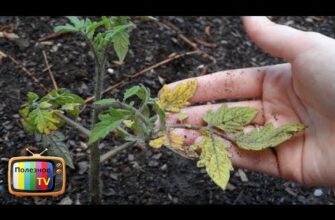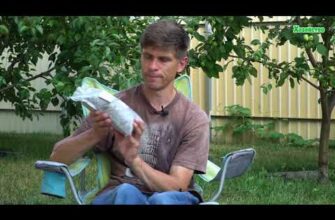- Как и когда использовать кальциевую селитру в качестве удобрения?
- Когда использовать кальциевую селитру?
- Как правильно вносить кальциевую селитру?
- Роль кальциевой селитры в растениеводстве
- Особенности применения кальциевой селитры на разных почвах
- Когда и как вносить кальциевую селитру на кислые почвы?
- Когда и как вносить кальциевую селитру на щелочные почвы?
- Как правильно применять кальциевую селитру на нейтральных почвах?
- Как определить дефицит кальция в почве
- Влияние кальциевой селитры на рост и развитие растений
- Как правильно дозировать кальциевую селитру
- Определение дозы
- Когда вносить удобрение
- Применение кальциевой селитры
- Лучшее время для внесения кальциевой селитры в почву
- Совместимость кальциевой селитры с другими удобрениями
- Особенности применения кальциевой селитры в гидропонике
- Важные моменты при хранении кальциевой селитры
- Когда хранить кальциевую селитру?
- Как правильно хранить?
- Как избежать перегноя почвы при применении кальциевой селитры
- Влияние кальциевой селитры на урожайность
- Альтернативные способы удобрения с использованием кальциевой селитры
- Вопрос-ответ:
- Как и когда правильно применять кальциевую селитру в качестве удобрения?
- Какие преимущества имеет кальциевая селитра в качестве удобрения?
- Можно ли использовать кальциевую селитру на всех типах почвы?
- Можно ли применять кальциевую селитру на всех видов растений?
- Какую дозировку кальциевой селитры рекомендуется использовать?
- Видео:
- Кальциевая селитра по томатам. Защита от вершинной гнили.

Кальциевая селитра — это одно из самых популярных удобрений, которое широко применяется в сельском хозяйстве и садоводстве. Она содержит в себе кальций, который является необходимым элементом для роста и развития растений. Кальциевая селитра может быть использована как в качестве основного удобрения, так и в качестве дополнительного и листового подкорма.
Когда вносить кальциевую селитру? Оптимальным временем для внесения кальциевой селитры является весна и осень. Весной удобрение поможет растениям восстановиться после зимы и стимулировать рост. Осенью кальций укрепит клеточные стенки растений и улучшит их морозостойкость. Также, кальциевую селитру можно вносить в течение всего вегетационного периода растений, в зависимости от их нужд и состояния почвы.
Как правильно применять кальциевую селитру? Перед внесением удобрения необходимо провести анализ почвы, чтобы определить дозировку и необходимость применения кальция. Обычно рекомендуется вносить 20-30 грамм кальциевой селитры на квадратный метр почвы. Удобрение следует равномерно распределить по почве и затем аккуратно внести его на глубину 10-15 сантиметров.
Использование кальциевой селитры в качестве удобрения поможет повысить урожайность, улучшить качество плодов и укрепить растения. Однако, для достижения наилучшего результата необходимо правильно определить время внесения удобрения и соблюдать рекомендации по дозировке.
Как и когда использовать кальциевую селитру в качестве удобрения?
Кальциевая селитра — это одно из самых эффективных удобрений для растений, которое содержит в себе кальций и азот. Она является необходимым компонентом для нормального развития растений, укрепления их структуры и повышения урожайности.
Кальциевая селитра используется именно в качестве удобрения, чтобы обеспечить растениями необходимые питательные вещества. Она особенно полезна для почв с низким содержанием кальция, так как этот микроэлемент является важным для роста и развития растений.
Когда использовать кальциевую селитру?
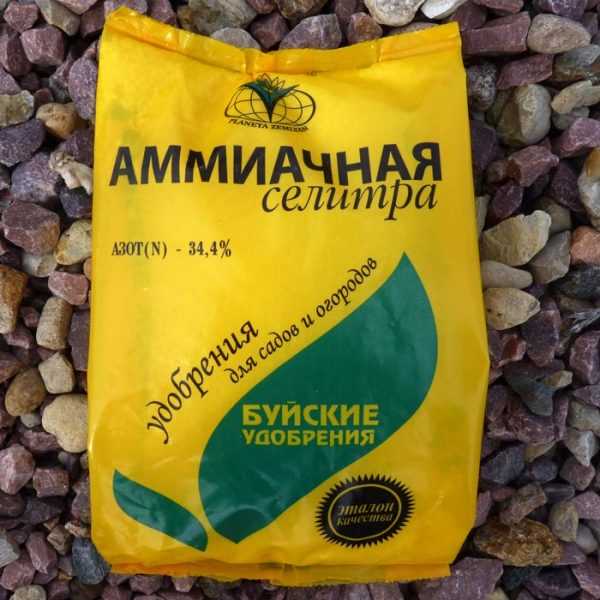
Кальциевую селитру рекомендуется применять в различные периоды роста растений. Она особенно полезна во время периода активного роста, цветения и плодоношения. Также ее можно использовать после пересадки растений для укрепления корневой системы и стимуляции роста.
Как правильно вносить кальциевую селитру?
Кальциевую селитру следует вносить в почву в соответствии с рекомендациями производителя. Обычно удобрение растворяют в воде и поливают растения раствором. Для получения наилучшего результата рекомендуется проводить подкормку несколько раз в течение сезона, в зависимости от потребностей растений и состояния почвы.
В целом, использование кальциевой селитры как удобрения позволяет улучшить урожайность и качество растений, а также предотвратить возможные дефициты кальция. Однако перед применением этого удобрения рекомендуется проконсультироваться с агрономом или специалистом, чтобы учесть особенности конкретного растения и почвы.
Роль кальциевой селитры в растениеводстве
Кальциевая селитра является одним из наиболее распространенных и эффективных удобрений, которые применяются в сельском хозяйстве. Это смесь кальциевых солей и нитратного азота, которая способствует более полному и качественному питанию растений. Вносить кальциевую селитру следует в конце зимы или в начале весны, когда почва уже достаточно прогрелась, а растения начинают активно расти и развиваться.
Как удобрение, кальциевая селитра играет важную роль в обеспечении растений кальцием, который является необходимым макроэлементом для их нормального роста и развития. Кальций участвует в процессах образования клеточных стенок, регулирует водный баланс растений и повышает их устойчивость к стрессовым условиям, таким как засуха, заморозки или заболевания.
Именно благодаря кальциевой селитре растения получают достаточное количество кальция, что способствует улучшению их качества и повышению урожайности. Кальциевая селитра особенно полезна для культур, которые требуют повышенного содержания кальция, например, для картофеля или капусты.
Важно отметить, что применение кальциевой селитры следует проводить в соответствии с инструкцией производителя, чтобы избежать переувлажнения почвы или недостатка других необходимых элементов питания. Также рекомендуется проводить анализ почвы перед применением удобрения, чтобы определить необходимую дозу и частоту внесения кальциевой селитры.
В итоге, кальциевая селитра является важным удобрением, которое позволяет обеспечить растения необходимым кальцием для их здоровья и развития. Она применяется в определенное время года, когда почва готова к внесению удобрений, и помогает улучшить качество и урожайность различных культур.
Особенности применения кальциевой селитры на разных почвах
Кальциевая селитра — это удобрение, которое содержит в себе кальций и азот. Использование этого удобрения имеет свои особенности в зависимости от типа почвы, на которую оно вносится.
Когда и как вносить кальциевую селитру на кислые почвы?
Кислые почвы характеризуются низким рН и недостатком кальция. Вносить кальциевую селитру на такие почвы следует в предпосевную обработку или в первый этап вегетации растений. Кальций, содержащийся в селитре, помогает улучшить структуру почвы и повысить ее плодородие. Для максимальной эффективности рекомендуется смешивать удобрение с почвой перед посевом или выращиванием растений.
Когда и как вносить кальциевую селитру на щелочные почвы?
Щелочные почвы обладают высоким уровнем рН и отличаются избытком кальция. Вносить кальциевую селитру на такие почвы следует во время активного роста растений. При этом необходимо контролировать дозировку удобрения, чтобы избежать излишнего накопления кальция в почве. Кальциевая селитра помогает снизить уровень рН и уравновесить баланс кальция в почве.
Как правильно применять кальциевую селитру на нейтральных почвах?

На нейтральных почвах, где баланс кальция и рН уже в норме, кальциевую селитру можно использовать для поддержания плодородия и улучшения структуры почвы. Вносить удобрение следует внутрипочвенным способом или в сочетании с другими удобрениями для достижения максимального эффекта.
Как определить дефицит кальция в почве
Кальций является одним из важных элементов питания для растений и играет важную роль в их росте и развитии. Недостаток кальция может привести к различным проблемам в растении, поэтому важно знать, как определить дефицит этого элемента в почве.
Одним из способов определить дефицит кальция является анализ почвы. При таком анализе определяется содержание кальция в почве и сравнивается с оптимальными значениями. Если содержание кальция ниже оптимальных значений, то можно говорить о дефиците этого элемента.
Другим способом определения дефицита кальция является анализ листьев растений. При анализе листьев определяется содержание кальция в тканях растения и также сравнивается с оптимальными значениями. Если содержание кальция ниже оптимальных значений, то необходимо принять меры для его увеличения.
Как только дефицит кальция в почве был определен, можно приступить к внесению кальциевой селитры в качестве удобрения. Кальциевую селитру следует вносить в почву в определенное время, чтобы дать растениям возможность получить необходимое количество кальция. Когда и как вносить кальциевую селитру зависит от времени года, типа почвы и особенностей конкретных растений.
Удобрение кальциевой селитрой поможет растениям погасить дефицит кальция и повысит их устойчивость к различным стрессовым условиям. Важно применять кальциевую селитру правильно и в нужных количествах, чтобы достигнуть наилучших результатов.
Влияние кальциевой селитры на рост и развитие растений
Кальциевая селитра — это удобрение, содержащее в себе кальций и азот. Она является важным элементом питания для многих растений. Как правило, кальциевую селитру вносят в почву перед посадкой растений или во время их активного роста.
Именно кальциевая селитра способна повысить урожайность и качество плодов. Кальций является необходимым элементом для развития каркаса растений и крепости клеток. Он способствует укреплению стеблей и корней, а также улучшает иммунитет растений.
Когда использовать кальциевую селитру в качестве удобрения зависит от конкретного вида растения. Например, для помидоров и перцев рекомендуется вносить удобрение на ранних стадиях развития растений, чтобы обеспечить им достаточное количество кальция для формирования крепких и здоровых плодов. Для яблонь и груш рекомендуется вносить кальциевую селитру в период активного роста, чтобы предотвратить развитие болезней и повысить урожайность.
Как правильно дозировать кальциевую селитру
Кальциевая селитра — это эффективное удобрение, которое содержит два важных элемента — кальций и азот. Как именно дозировать кальциевую селитру важно знать, чтобы достигнуть максимальной пользы от ее применения.
Определение дозы
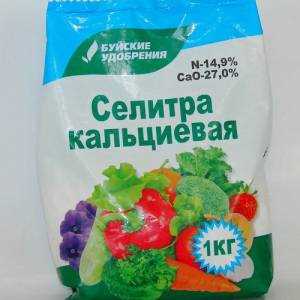
Дозировка кальциевой селитры зависит от нескольких факторов, включая тип почвы, вид растений и их возраст. Оптимальная доза может быть определена на основе анализа почвы и рекомендаций специалистов.
Когда вносить удобрение
Кальциевую селитру следует вносить в почву в определенное время, чтобы обеспечить растениями необходимые питательные вещества. Оптимальное время для внесения кальциевой селитры зависит от культуры и ее развития. Обычно удобрение вносят в начале вегетационного периода, чтобы обеспечить растения все необходимыми питательными веществами.
Применение кальциевой селитры
Кальциевую селитру можно применять несколькими способами. Распределение удобрения должно быть равномерным, чтобы обеспечить одинаковое питание для всех растений. Для этого можно использовать различные методы, такие как поливание, опрыскивание или внесение удобрения в почву перед посевом.
Использование кальциевой селитры в качестве удобрения требует соблюдения правильной дозировки и времени применения. Следуя этим рекомендациям, вы сможете обеспечить растения все необходимыми питательными веществами и получить хороший урожай.
Лучшее время для внесения кальциевой селитры в почву
Кальциевая селитра является одним из самых популярных удобрений, используемых для повышения плодородия почвы. Это специальное удобрение содержит кальций и азот, что делает его идеальным для улучшения роста растений. Однако, для достижения наилучших результатов, необходимо знать, когда и как правильно вносить кальциевую селитру в почву.
Важно учитывать, что кальциевую селитру следует вносить в почву именно в те периоды, когда растения наиболее активно поглощают питательные вещества. Обычно это происходит весной, перед началом активного роста растений, а также осенью, перед периодом зимней спячки. В это время растения особенно нуждаются в кальции и азоте для энергичного развития и сохранения питательности почвы.
Так стоп!!! Вы всё ещё не подписаны на наши каналы в Телеграмм и Дзен? Посмотрите: ТГ - (@historyfantasydetectivechat) и Дзен (https://dzen.ru/myshortsstorys)
Метод внесения кальциевой селитры в почву также имеет значение. Часто используется способ полива раствором удобрения, который позволяет равномерно распределить кальций и азот по всей площади участка. Важно помнить, что кальциевую селитру необходимо вносить по мере необходимости, чтобы избежать перебора с питательными веществами и возможного перегорания растений.
Совместимость кальциевой селитры с другими удобрениями
Кальциевая селитра — это удобрение, которое содержит в своем составе кальций и азот. Она широко применяется для повышения урожайности и качества растений. Однако, как и любое другое удобрение, кальциевая селитра имеет свои особенности в применении.
Когда речь идет о совместимости кальциевой селитры с другими удобрениями, следует учитывать несколько факторов. Во-первых, не рекомендуется смешивать кальциевую селитру с удобрениями, содержащими медь, цинк или железо. Это связано с тем, что эти элементы могут образовывать нерастворимые соединения с кальцием и приводить к его недоступности для растений.
Во-вторых, важно учитывать физическую совместимость удобрений. Некоторые удобрения могут образовывать осадки или выпадать из раствора при смешивании с кальциевой селитрой. Поэтому перед смешиванием следует провести тестовую смесь и проверить ее стабильность.
Как именно применять кальциевую селитру с другими удобрениями зависит от конкретной культуры и ее потребностей. В некоторых случаях можно смешивать кальциевую селитру с другими удобрениями и вносить их одновременно. В других случаях может быть необходимо применять их отдельно, соблюдая определенные интервалы времени.
В целом, для обеспечения эффективного и безопасного применения кальциевой селитры важно учитывать ее совместимость с другими удобрениями. Следует консультироваться с агрономом или специалистом по удобрениям для более точных рекомендаций по применению данного удобрения.
Особенности применения кальциевой селитры в гидропонике
Кальциевая селитра — это одно из самых эффективных удобрений для гидропонического выращивания растений. Она содержит в себе кальций и азот, необходимые растениям для правильного развития и роста.
Вносить кальциевую селитру в гидропоническую систему следует именно тогда, когда растения нуждаются в дополнительном питании. Это может происходить в периоды интенсивного роста, цветения или плодоношения. Также удобрение можно применять после пересадки растений или при обнаружении недостатка кальция в листьях.
Как правило, кальциевую селитру вносят в гидропоническую систему в виде раствора. Для этого растворяют определенное количество селитры в воде и подают его к корням растений. Важно не переборщить с концентрацией удобрения, чтобы не вызвать пересушивание или ожоги корней.
Использование кальциевой селитры в гидропонике помогает предотвращать различные проблемы, связанные с дефицитом кальция. Она способствует укреплению клеточных стенок растений, улучшает их иммунную систему и повышает устойчивость к болезням и вредителям.
Важные моменты при хранении кальциевой селитры
Как и в случае с любым другим удобрением, хранение кальциевой селитры требует определенных мер предосторожности и соблюдения правил. Вносить селитру следует только в соответствии с инструкциями производителя и рекомендациями агрономов.
Когда хранить кальциевую селитру?
Оптимальное время для хранения кальциевой селитры — это период до начала вегетативного сезона. Такой подход обусловлен необходимостью предоставить достаточное время для растворения селитры и превращения ее в удобную для растений форму. Вносить кальциевую селитру рекомендуется за несколько недель до посадки растений или после завершения их цветения.
Как правильно хранить?

Для хранения кальциевой селитры необходимы сухое и прохладное помещение, защищенное от прямых солнечных лучей и влажности. Удобно использовать плотные контейнеры или мешки, которые предотвратят попадание влаги. Рекомендуется также хранить селитру отдельно от других удобрений и химических веществ, чтобы избежать возможного взаимодействия и образования опасных соединений.
При соблюдении всех этих моментов, кальциевая селитра сохранит свои полезные свойства и будет готова к использованию в нужное время для достижения максимальных результатов при удобрении растений.
Как избежать перегноя почвы при применении кальциевой селитры
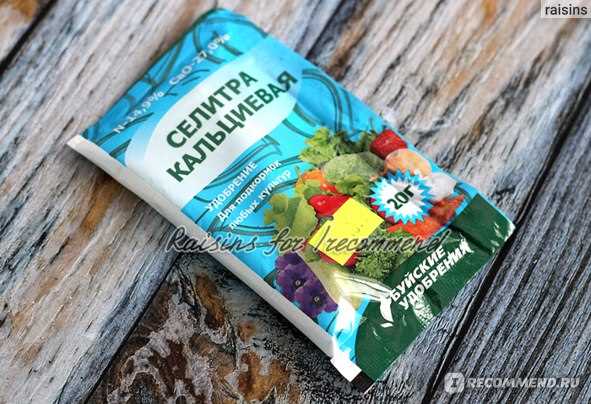
Кальциевая селитра – это удобрение, которое широко применяется для повышения урожайности различных культур. Однако неправильное внесение этого удобрения может привести к перегною почвы и негативным последствиям для растений.
Для того, чтобы избежать перегноя почвы при применении кальциевой селитры, необходимо знать, как именно вносить это удобрение. Во-первых, важно определить оптимальное время для внесения кальциевой селитры. Лучше всего удобрение вносить в период активного роста растений, когда они особенно нуждаются в питательных веществах.
Важно также правильно дозировать кальциевую селитру. Слишком большое количество удобрения может привести к перегною почвы, а недостаток питательных веществ не даст желаемый эффект. Поэтому перед внесением удобрения необходимо провести анализ почвы и определить необходимую дозу кальциевой селитры.
Кроме того, следует учесть особенности культуры, для которой предназначено удобрение. Разные растения требуют различные дозы и способы внесения кальциевой селитры. Например, для овощных культур удобрение можно вносить под корень, а для плодовых деревьев – в виде подкормки вокруг ствола.
Важно помнить, что кальциевая селитра не растворяется в воде, поэтому для равномерного распределения удобрения по почве рекомендуется использовать специальные агрегаты или примешивать удобрение к сухой почве перед посевом.
Влияние кальциевой селитры на урожайность
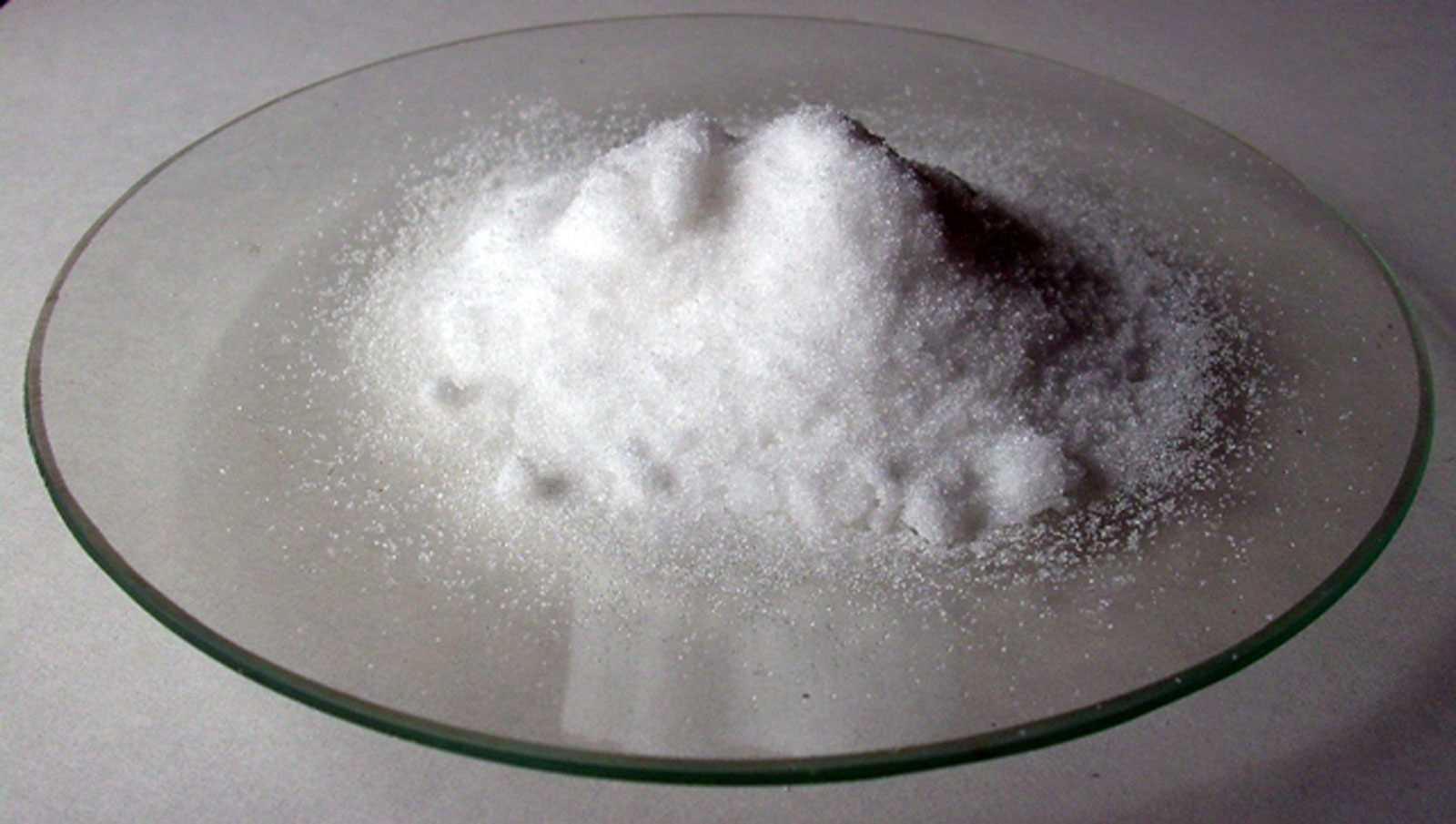
Кальциевая селитра — это удобрение, которое часто применяется в сельском хозяйстве для повышения урожайности растений. Вносить кальциевую селитру следует именно в тех случаях, когда необходимо улучшить качество и количество урожая.
Как правило, кальциевую селитру вносят в почву перед посевом или после поклева. Это делается для того, чтобы растения получили достаточное количество кальция, который является необходимым элементом для их роста и развития. Кальциевая селитра обладает высокой растворимостью, что позволяет быстро и эффективно удобрять почву.
Именно кальциевая селитра способна повысить урожайность растений. Это происходит благодаря тому, что кальций способствует улучшению структуры почвы, обеспечивает нормальное функционирование клеток и укрепляет стебли и плоды растений. Кроме того, кальций также способствует повышению устойчивости растений к болезням и вредителям.
Когда использовать кальциевую селитру? Оптимальное время для внесения кальциевой селитры в почву зависит от культуры и климатических условий. Обычно удобрение вносят весной перед посевом или осенью после уборки урожая. Важно помнить, что кальциевая селитра необходима для многих культур, включая овощные, плодовые, ягодные и зерновые культуры.
Альтернативные способы удобрения с использованием кальциевой селитры
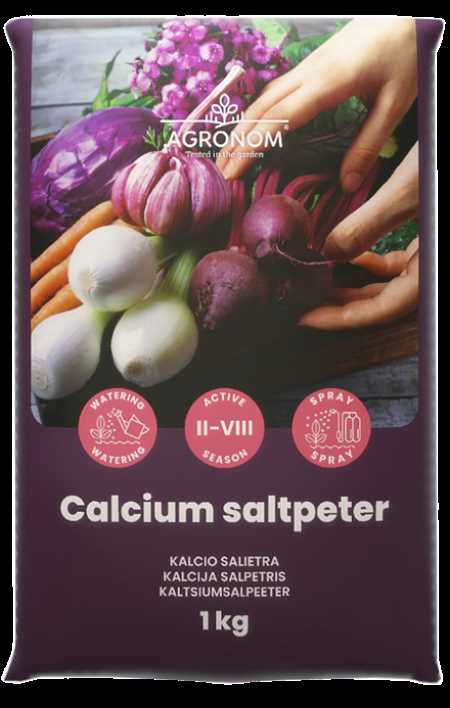
Кальциевая селитра — это одно из наиболее эффективных удобрений, которое применяется в сельском хозяйстве и садоводстве. Оно содержит в себе кальций и азот, что делает его идеальным выбором для удобрения различных культурных растений.
Как правило, кальциевую селитру применяют весной и осенью, когда растения наиболее нуждаются в питательных веществах. Она может использоваться как основное удобрение или в качестве дополнительного питания, особенно для культур с повышенными требованиями к кальцию и азоту.
Однако, помимо прямого применения кальциевой селитры, существуют и другие альтернативные способы удобрения, которые включают в себя ее использование. Например, можно приготовить раствор кальциевой селитры и поливать им почву вокруг растений.
Другой способ — внесение кальциевой селитры в почву перед посадкой растений. Ее можно смешать с почвенным грунтом или использовать в качестве добавки при подготовке грядок. Таким образом, растения получат необходимые питательные вещества сразу после высадки.
Важно помнить, что правильное применение кальциевой селитры требует знания требований культурных растений и характеристик почвы. Перед использованием удобрения рекомендуется проконсультироваться с агрономом или специалистом по садоводству, чтобы получить максимальную пользу от его применения.
Вопрос-ответ:
Как и когда правильно применять кальциевую селитру в качестве удобрения?
Кальциевую селитру следует применять весной и осенью. Весной она помогает растениям активизировать рост и развитие, а осенью – подготавливает их к зимнему периоду. Для применения удобрения необходимо растереть его в порошок и равномерно распределить по почве вокруг растений. Количество кальциевой селитры зависит от типа почвы и растения, поэтому рекомендуется проконсультироваться с специалистом.
Какие преимущества имеет кальциевая селитра в качестве удобрения?
Кальциевая селитра является одним из наиболее эффективных и универсальных удобрений. Ее использование способствует улучшению питательных свойств почвы, повышению роста и развития растений, укреплению их иммунной системы. Кроме того, кальциевая селитра способна предотвратить различные заболевания и повреждения растений, повысить урожайность и качество урожая.
Можно ли использовать кальциевую селитру на всех типах почвы?
Кальциевую селитру можно использовать на большинстве типов почвы, включая кислые, нейтральные и щелочные. Однако перед применением удобрения рекомендуется провести анализ почвы, чтобы определить ее состав и грамотно рассчитать необходимое количество кальциевой селитры.
Можно ли применять кальциевую селитру на всех видов растений?
Кальциевую селитру можно применять на большинстве видов растений, включая овощные, плодовые, цветочные и декоративные. Однако некоторые растения могут быть чувствительны к избытку кальция, поэтому рекомендуется проконсультироваться с агрономом или специалистом перед использованием кальциевой селитры.
Какую дозировку кальциевой селитры рекомендуется использовать?
Дозировка кальциевой селитры зависит от типа почвы, растения и его фазы развития. В общем случае, рекомендуется использовать 20-30 г кальциевой селитры на 1 м2 почвы для растений в период активного роста. Однако перед применением удобрения рекомендуется проконсультироваться с специалистом, чтобы получить точные рекомендации для конкретного случая.


